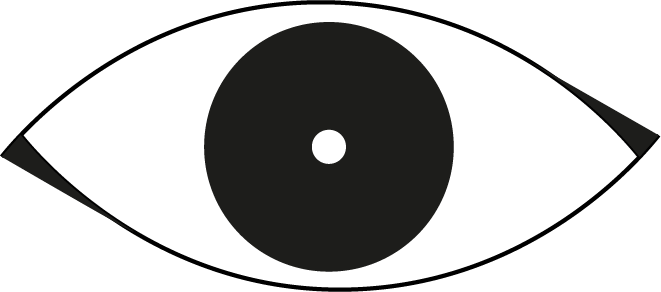2020
Duology of Neba for 7 singing bowls and live electronics (15′)
The Descendants of Galileo or the Adventures of his Fantastic Telescope for string orchestra, brass quartet, and 2 percussionists (25′)
This work is as absurd as the title and its miniatures, or, as I call them, pantomimes. In an attempt to separate me from the tie of a narrative thread or specific intentions such as the form or timbre –that make sense within a macro form reading–, which many times more than being a help they turn out to be a yoke, a hefty destabilizing load. Thus, sometimes, everything falls under its own weight, everything makes too much sense, and it has so much logic that the idea of brainstorming is even fearsome. I am not suggesting, however, my abandonment of absurdism, but a simple check from which I can learn a new strategy of playing. I have spent my short career as a composer trying to give and create a natural and comfortable ecosystem for my creative system and its results; putting myself to the test and trying to compose one (or several) piece(s) such as these pantomimes has been a long and tedious process that, at least, has an end: and you are looking at it.
2022
El Archivo del Recuerdo Anónimo (The Archive of the Anonymous Memento) for traditional Spanish percussion and fixed media (13′)
The anonymous responds to the hidden, stored, and forgotten collective memory of an abandoned archive. A nameless, faceless entity from the future enters this room after countless years without any present expectations; it seeks nothing it only explores what appears to be a watertight and banished cave only to realize that the media and instruments scattered on the floor are the only way to talk with the Archive that has kept silent for so long, encountering fragmented memories of past experiences. It is a race to the anonymous memento to ultimately escape from it.
“El Archivo del Recuerdo Anónimo” (“The Archive of Anonymous Memento”) is written for the percussionist and dear friend Ana Nicolás and it’s a work based. on her interest in the figure of the anonymous in early music, often associated with the figure of the man. It is written for 18 traditional percussion instruments and tape, with a hint of theater.
Backrooms Resonance Project: User Manual for 12 speakers (10′)
The Backrooms are dimensions or planes outside of reality, mostly hostile to human existence, which are populated by repetitive or mono-thematic constructions, usually anthropogenic in appearance -with a few exceptions – that seem to go on indefinitely. These planes, known as levels, all with their own particularities, are populated by strange creatures known as entities, as well as by a few individuals who have had the misfortune to leave actuality. Within the Backrooms universe, there are thousands of levels of altered, savage, extreme, and violent realities of eternal processes that are never resolved, the most popular point of reference to use when describing the liminal aesthetic as a whole.
“Backrooms Resonance Project: User Manual” is the very first piece of the cycle of works, a working collection that encompasses a wide spectrum of interactions that aim to bring Backrooms to life. This piece targets the moment of no-clipping, that time lapse between reality and fantasy.
Backrooms Resonance Project: The Auditorium for oboe, violin, 16 channel tape and lights (14′)
“Backrooms Resonance Project: The Auditorium”, is the second piece of the cycle of works, a working collection that encompasses a wide spectrum of interactions that aim to bring Backrooms to life. This piece’s target is Level 4, particularly the auditorium within, hence the name.
Level 4 resembles an empty office building, though it is almost completely devoid of furniture. There you can find The Auditorium (a large wooden stage with rows of blue, soft felt seats) where you typically can find “Mickey” performing. For more information check the following link: http://backrooms-wiki.wikidot.com/the-auditorium.
